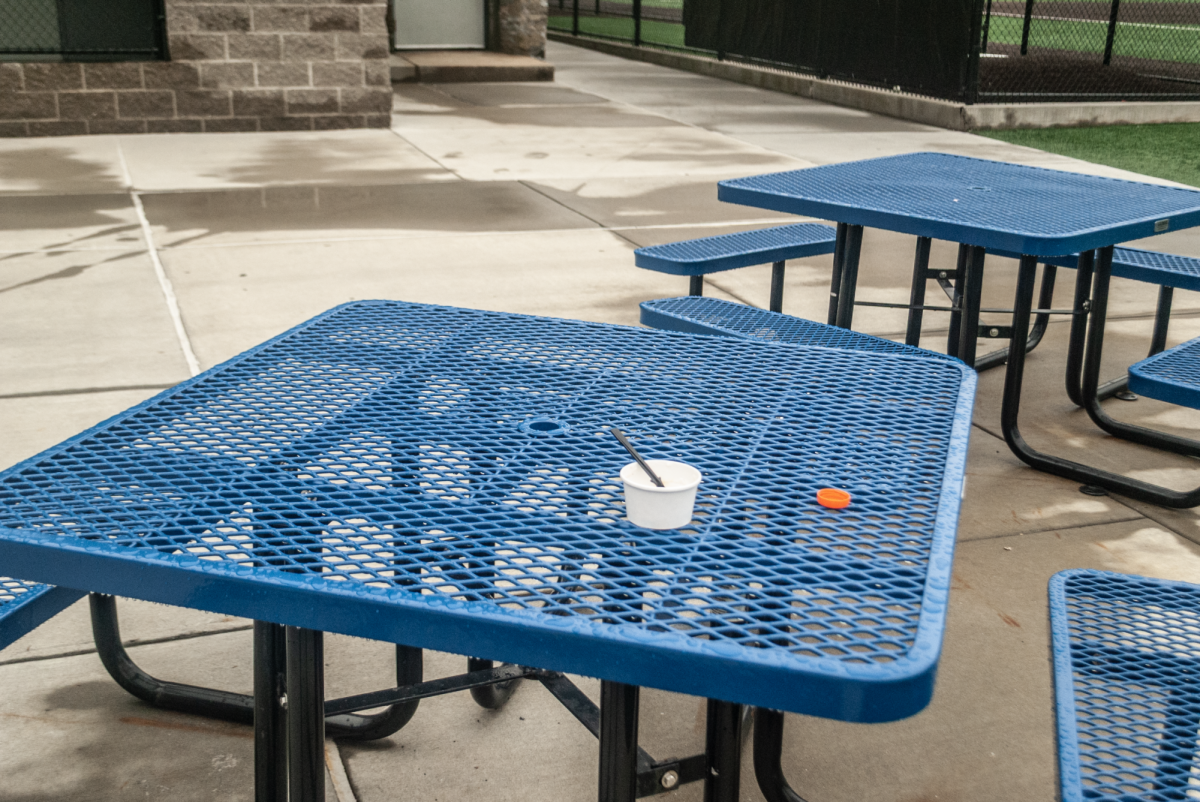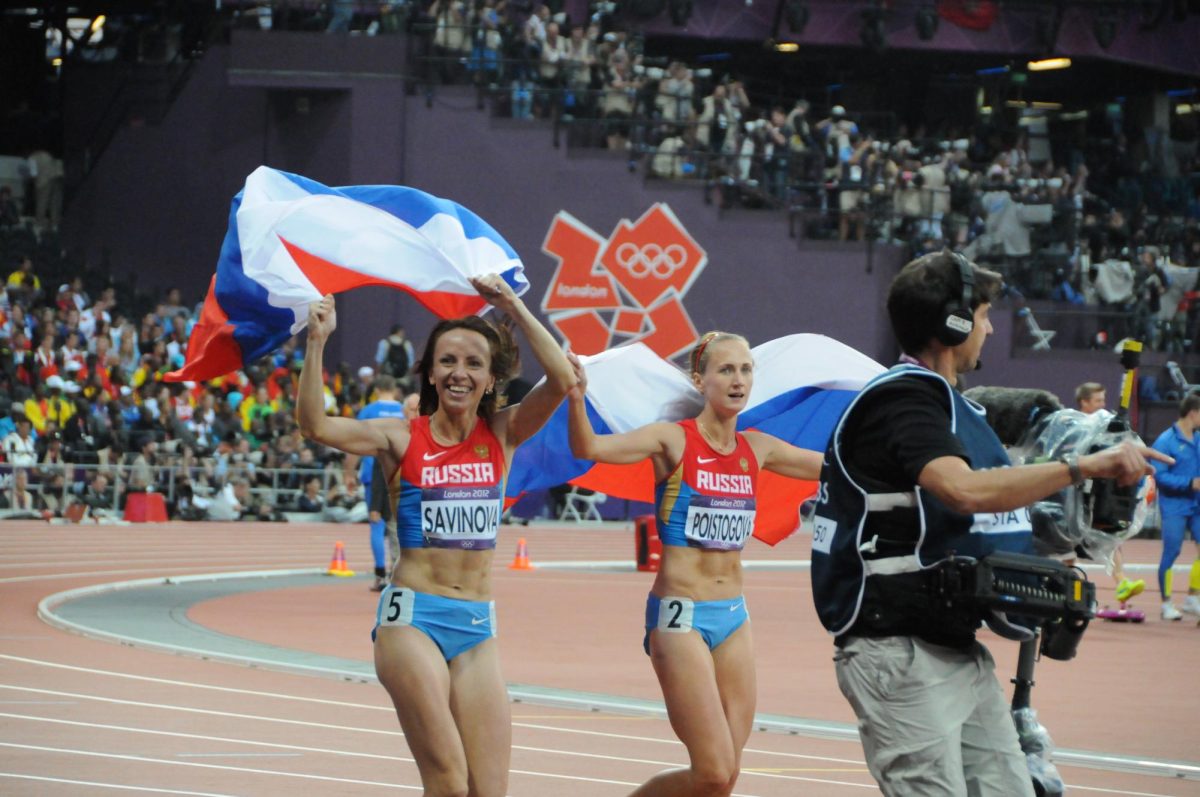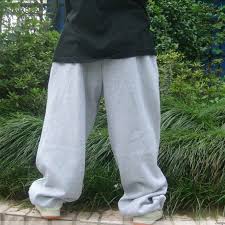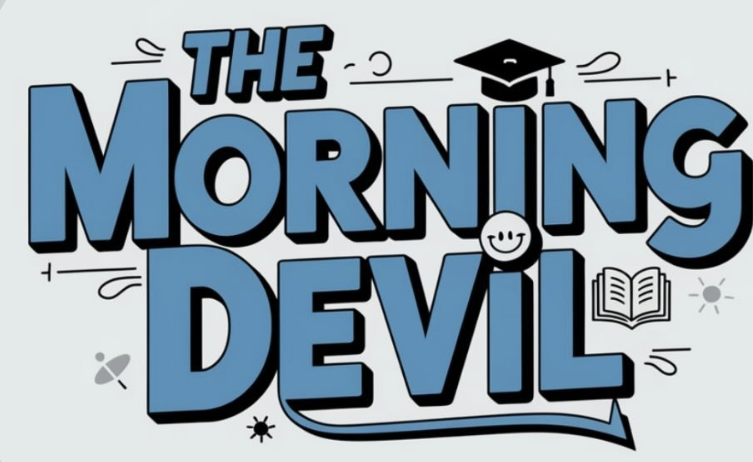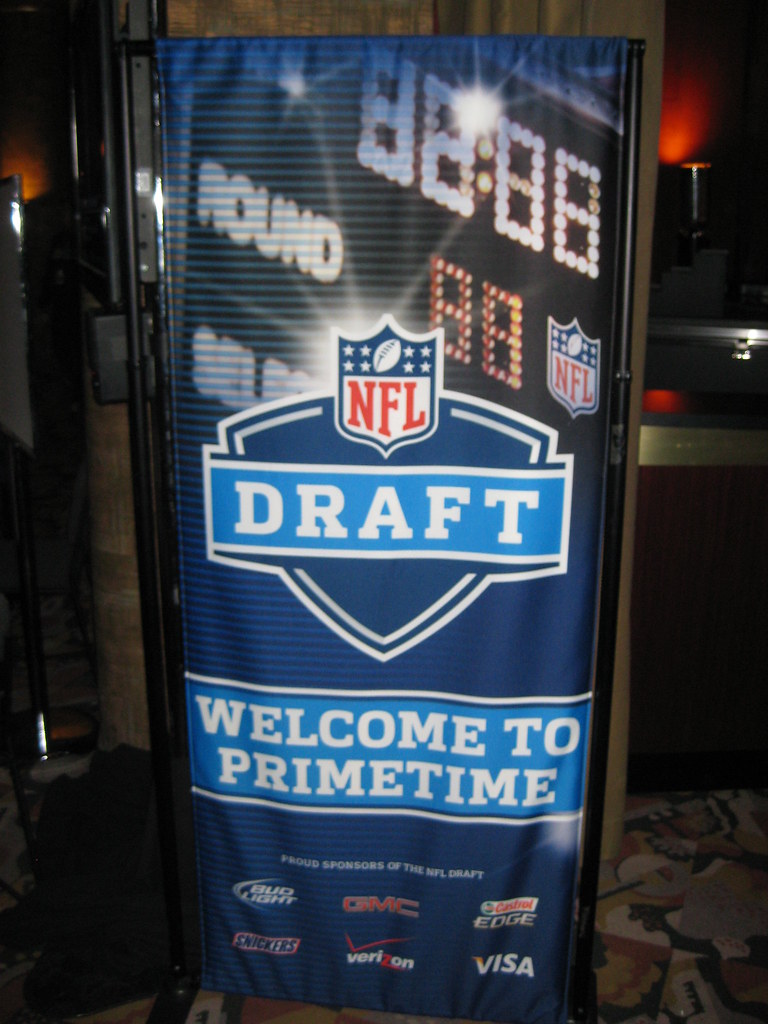As I walk through the flowing sea of people in the Poly Prep hallways, I hear students saying their last words about their March Madness predictions before class, beginning critiques of football games as their free periods start, and continuing conversations debating which baseball team truly represents New York. The world of high-level sports enthralls students and teachers not only at Poly, but all over the world. The practice of following a team through the season — or occasionally rooting for them while bonding with others who are loyal to them — is enticing, but do you notice anything about the teams most commonly supported?
Most sports fans here in New York root for local teams like the Giants, Jets, Mets, Yankees, Knicks, or Nets. When listed, you can’t help but notice that all three sports: football, baseball, and basketball, are mostly or completely male-dominated. When was the last time you watched a softball game, heard about the New York Liberty, or even remembered that women’s football was a thing? This is the sad reality of women’s sports in the male-dominated field of professional-level athletes.
Poly encourages all students to participate in athletics and strive to improve as much as possible. Students are supported by over 20 athletic coaches and trainers. They can also utilize the incredible sports facilities on campus, but regardless of these opportunities, do we, as a school, fall into old habits?
For almost a century, women have fought a long, uphill battle in the world of high-level athletics, but it’s equal now, right?
Well, women’s sports are still a fairly new addition to the sports world. In 1972, Title IX was passed, prohibiting gender-based discrimination in sports, and in 1981, the NCAA approved a plan to include women’s athletics programs and services. Furthermore, the first Olympics where every country entered a female athlete was only thirteen years ago, in 2012. 128 years after the Olympics were brought back, last year was the first time that there was close to a one-to-one ratio of men to women competing, according to the Olympic website. So, while it may seem that the world of sports is finally becoming equal, the truth is that significant disparities still exist. For example, the NBA has an average of 11 times the viewers and double the attendance of the WNBA, with the highest-paid player in the NBA making more than 220 times as much as the highest-paid WNBA player, according to World Sports Network.
The inequalities in sports don’t only begin with the pressure of being college or professional athletes. I have been playing club water polo for the past six years, and during four of those years, I played on a co-ed team. The male-dominated nature of water polo was blatant to 11-year-old me when the five girls on the team sat on the bench regardless of the score and our skills. Even when we had enough girls to have a girls’ and boys’ team within the club, only the boys’ team was provided with the coaches’ time, photographers, and tournament opportunities, even though the girls’ team was at a higher level in the league.
Here at Poly, we have a strong culture of promoting sports of all kinds and supporting all athletes, but even we fall into the habit of mainly circulating male-dominated sports. Poly Prep Athletic Director Louis Candelpoints out the success of some of Poly’s female athletes who are going on to play at the highest level of college sports, and school initiatives such as the Women in Sports Day panel and Friday Night Spikes. While these initiatives are a strong start to breaking this habit, larger school-wide events like Homecoming and Blue Devil Night are still centered around men’s sports like football and emails are sent urging the student body to support boys’ sports more often than they are for girls’ sports.
Even though mainly encouraging sports like football, men’s basketball and baseball are seen as following “traditional” American culture, that implies that American culture has remained fixed for 250 years. American sports culture has evolved, as highlighted by the increased presence of volleyball, a female-dominated sport. Poly should begin modeling this hard-earned reform.
After realizing Poly is vulnerable to the old practice of gravitating toward male-dominated sports, Poly students and staff can counter this by supporting female athletes and athletic teams through attending games, spreading the word about games and encouraging others to support them. When the school’s female sports teams are prioritized and appreciated, Poly will have contributed to filling the gender gap in sports created by an old culture of patriarchy.


